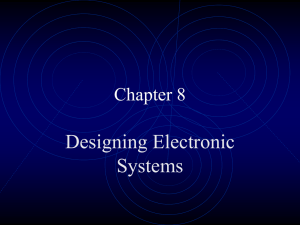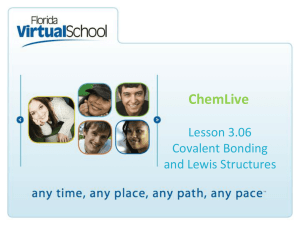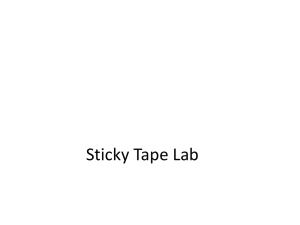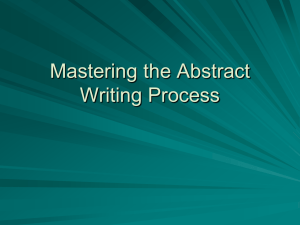Basic Electrical Theory
advertisement
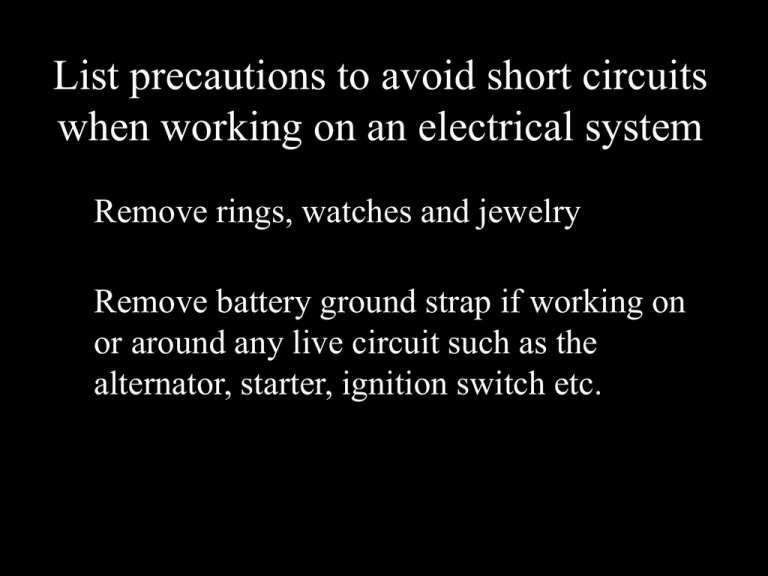
List precautions to avoid short circuits when working on an electrical system Remove rings, watches and jewelry Remove battery ground strap if working on or around any live circuit such as the alternator, starter, ignition switch etc. List precautions to take before starting an engine inside the shop Sit in operator seat to maintain control of vehicle Insure all test leads are clear of fan, belts and exhaust Insure no other person is working around vehicle Insure that there is an exhaust hose attached and ventilation fans are turned on List precautions to take when working around a running engine Avoid working near fan or fan belts Do not reach over fan or moving pulleys Properly ventilate exhaust Insure vehicle can not roll Pay special attention to test leads Watch out for hot exhaust manifold List precautions to take when working around a running engine Turn OFF engine when connecting or moving testing leads and equipment Only run engine during specific testing and turn off when done with test Control any loose clothing or long hair Basic Electrical Theory What is Voltage? What is an Ampere Amperage or Electrical Current the Intensity of the electron movement between atoms one amp = 6,280,000,000,000,000,000 electrons per second Carl Sagan would say that one amp equals over six billion, billion electrons per second Amperage The more electrons moving from atom to atom, the more current or Amperage How many electrons (amps) move is decided by the pressure (volts) and the resistance to the flow of electrons Low Amps High Amps Amperage Higher Voltages (pressure) will cause more amps (electrons) to flow Increasing the resistance to the electron movement will lower Amp flow Which Way does Current Flow? Quick Quiz What is electricity? The movement of electrons between atoms What causes electrons to move between atoms? Voltage A bunch of extra electrons (negative ions) An area that is missing electrons (positive ions) Lab #4 Series Circuits





